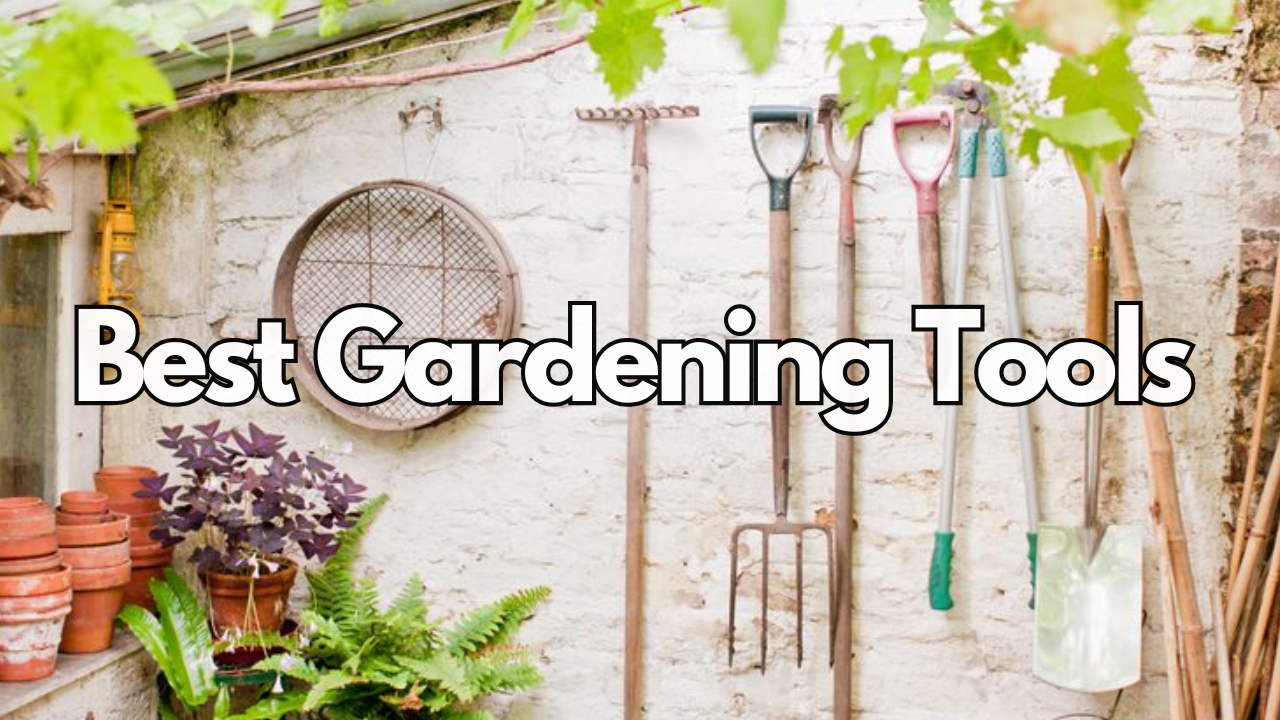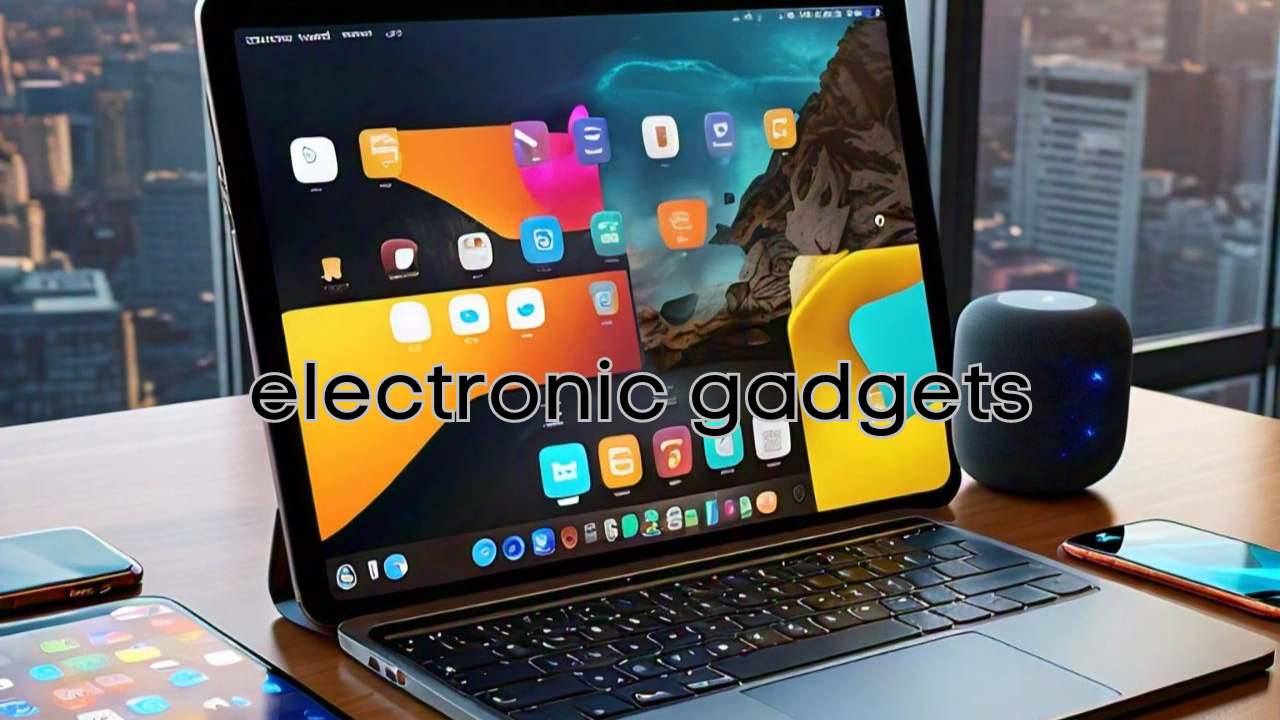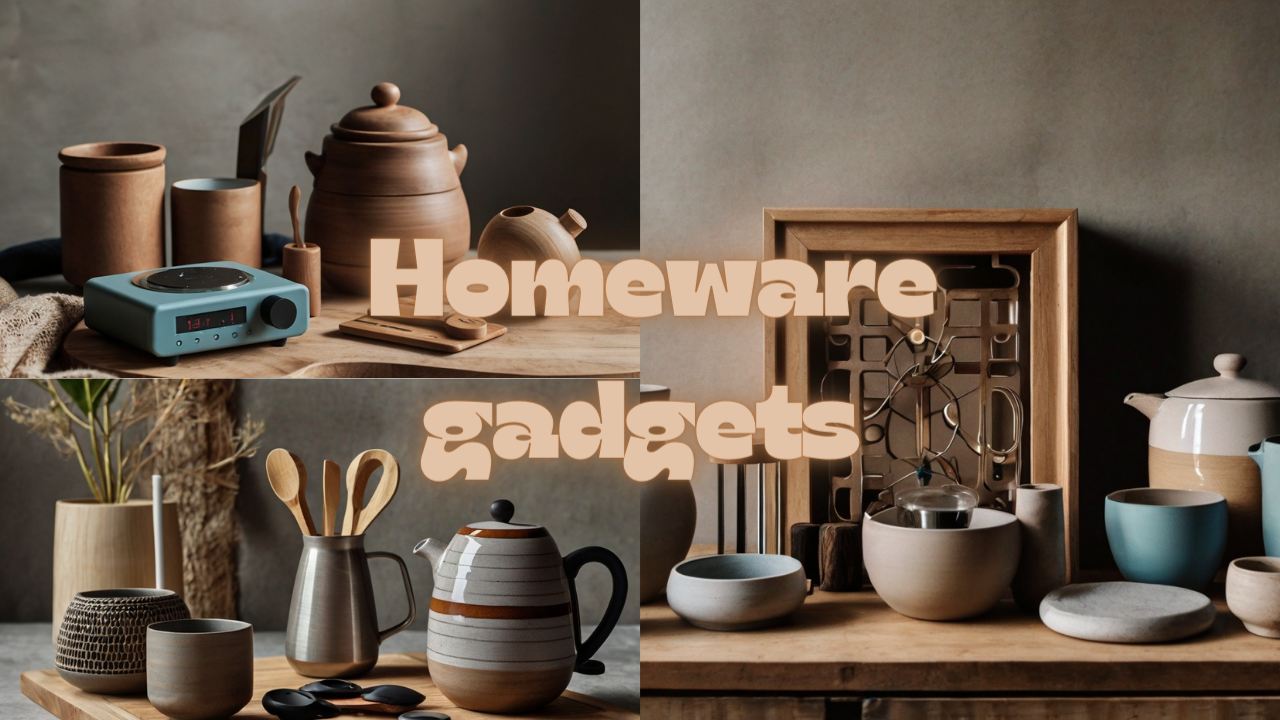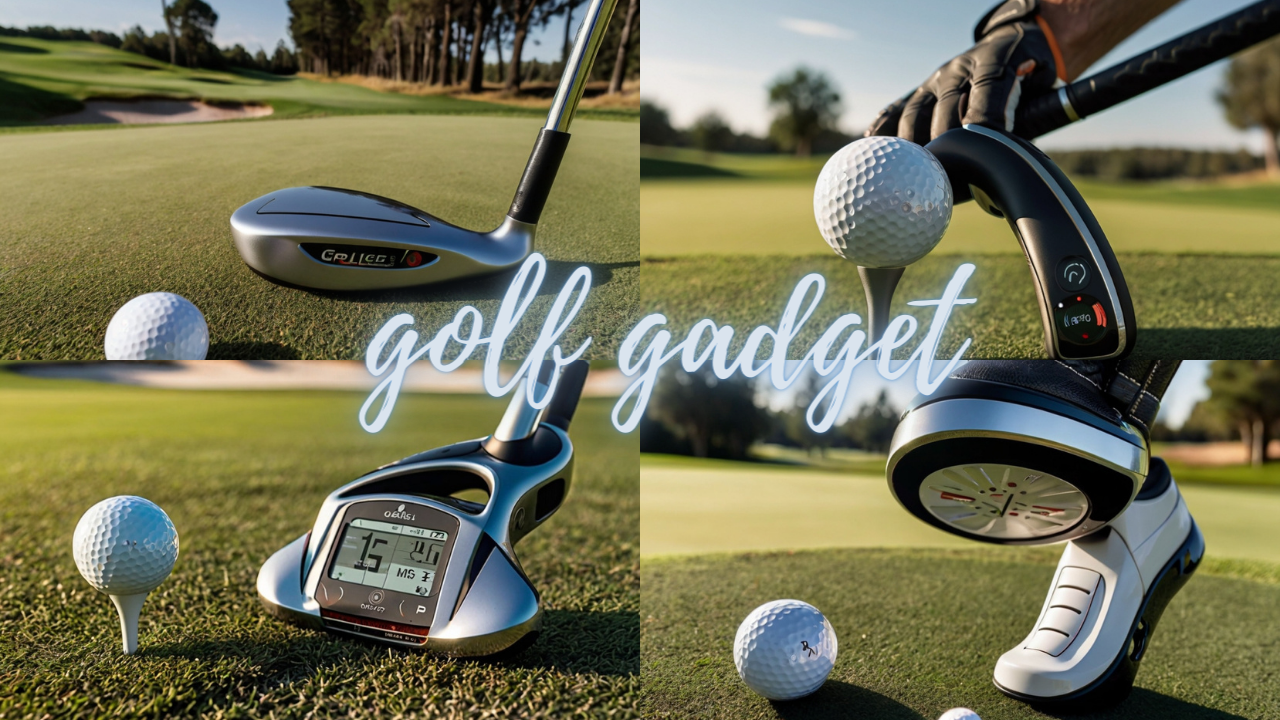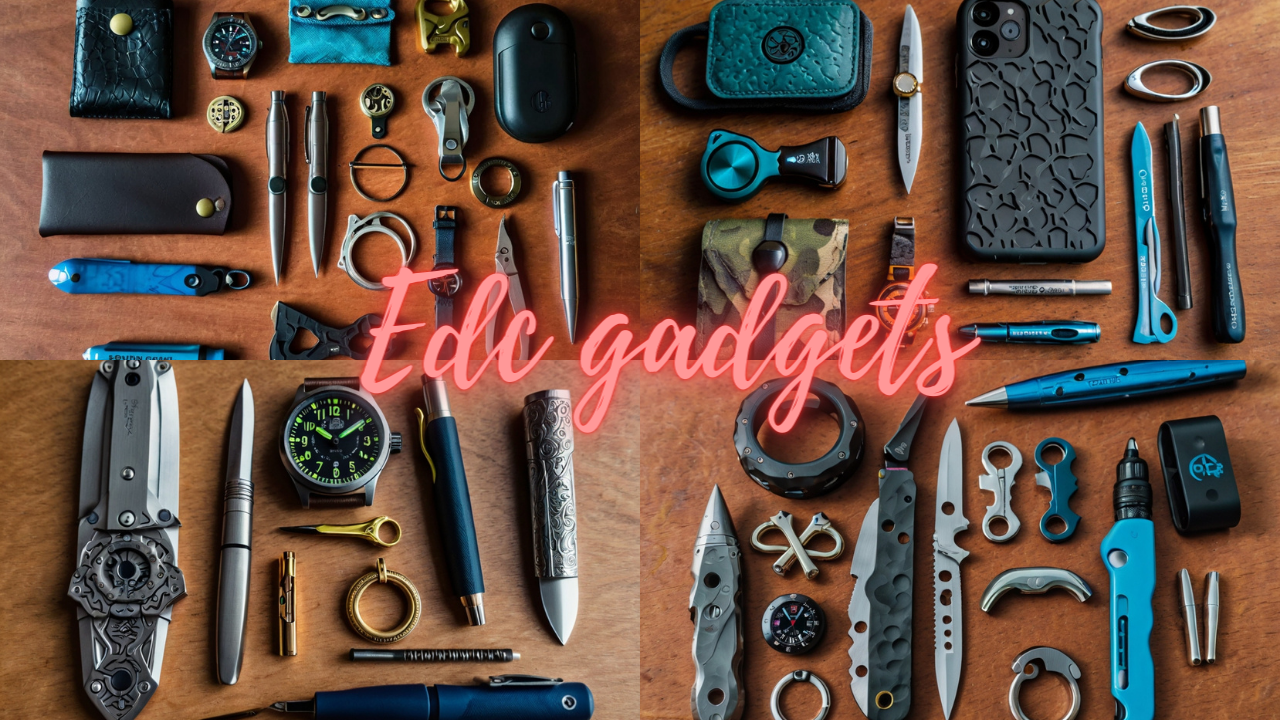Gardening is a satisfying and rewarding activity that allows you to connect with nature and create beautiful landscapes. Having the right tools can make all the difference in your yard, no matter how experienced or new you are.
In this comprehensive guide, we’ll explore everything you need to know about gardening tools, from essential equipment to advanced gadgets, to help you nurture your green space with ease and efficiency.
Understanding the Importance of Gardening Tools
Gardening tools are essential for maintaining your garden’s health and vitality. They help you plant, cultivate, prune, and harvest with precision, saving you time and effort. Investing in quality gardening tools can significantly enhance your gardening experience and contribute to your garden’s overall success.
The Essential Gardening Tools Every Gardener Needs
- Hand Trowel: A versatile tool for planting, transplanting, and digging small holes.
-
- Sub-bullet: Look for a hand trowel with a comfortable grip and a sturdy blade for durability.
- Pruning Shears: Good for cutting and shaping plants, removing dead foliage, and cutting stems.
-
- Sub-bullet: Opt for pruning shears with sharp blades and ergonomic handles to minimize hand fatigue.
- Garden Fork: Useful for loosening soil, turning compost, and lifting root vegetables.
-
- Sub-bullet: Choose a garden fork with solid and durable tines and a comfortable handle for easy use.
- Watering Can: Essential for watering plants gently and precisely, especially delicate seedlings and flowers.
-
- Sub-bullet: Look for a watering can with a long spout for reaching tight spaces and a balanced design for easy pouring.
- Garden Gloves: When gardening, protect your hands from thorns, prickles, and abrasive materials.
-
- Sub-bullet: Select gardening gloves made from breathable, durable materials that Give a snug yet adjustable fit.
- Shovel: Ideal for digging, transplanting large plants, and moving soil, compost, or mulch.
-
- Sub-bullet: Choose a shovel with a sturdy blade and a comfortable handle grip for optimal control and leverage.
- Rake: Essential for clearing debris, leveling soil, and spreading mulch or compost.
-
- Sub-bullet: Look for a rake with sturdy tines and a lightweight yet durable construction for ease of use.
Advanced Gardening Tools and Gadgets
While the essential gardening tools form the foundation of any gardener’s toolkit, numerous advanced tools and gadgets are also available to streamline specific tasks and enhance efficiency.
Soil pH Tester
Maintaining the proper pH level of your soil is crucial for the health and growth of your plants. A soil pH tester can correctly measure how acidic or alkaline your Sand is, allowing you to make the necessary changes for plants to grow well.
Drip Irrigation System
A drip watering system sends water directly to the roots of your plants, so less water is wasted, and the soil stays consistently moist. This automated watering solution is particularly beneficial for more extensive gardens or areas with water restrictions.
Electric Pruning Shears
Electric pruning shears are powered tools that make pruning faster and easier, especially for individuals with limited hand strength or mobility. They effortlessly cut through thick branches with precision, reducing strain and fatigue.
Garden Cart or Wheelbarrow
A garden cart or wheelbarrow is indispensable for transporting heavy loads of soil, mulch, plants, or gardening equipment around your garden. Choose a sturdy, well-balanced cart with pneumatic tyres for smooth maneuverability over various terrains.
Selecting the Right Gardening Tools for Your Requirements
When selecting gardening tools, consider factors such as your gardening style, the size of your garden, and the types of plants you’ll be growing. Fund in high-quality tools that are easy to use and made to last, as they will ultimately save you time and money in the long run.
Factors to Consider When Choosing Gardening Tools
- Quality and Durability: Choose tools made from high-quality materials that can withstand everyday use and vulnerability to the elements.
-
- Sub-bullet: Stainless steel and aluminum are durable for tool construction and resistant to rust and corrosion.
- Ergonomic Design: Look for tools with ergonomic handles and grips that reduce strain and fatigue during prolonged use.
-
- Sub-bullet: Cushioned handles and non-slip grips provide added comfort and control, especially for repetitive tasks.
- Versatility and Functionality: Choose multi-purpose tools that can perform various tasks to maximize efficiency and minimize clutter in your garden shed.
-
- Sub-bullet: Some tools feature interchangeable heads or attachments for versatility and convenience.
- Storage and Maintenance: Consider each tool’s storage and maintenance requirements to ensure they remain in optimal condition for years.
-
- Sub-bullet: Proper cleaning, drying, and storage after each use help prevent rust, corrosion, and damage.
FAQs (Frequently Asked Questions)
What are the essential gardening tools for beginners?
Answer: Beginners should start with tools such as a hand trowel, pruning shears, garden gloves, and a watering can.
How do I choose the right size shovel for my garden?
Answer: Consider the size of your garden beds and the soil type you’ll work with. A smaller shovel is ideal for tight spaces and container gardening, while a giant shovel suits larger plots and heavier tasks.
Can I use regular scissors instead of pruning shears?
Answer: While regular scissors may suffice for light pruning tasks, pruning shears are specifically designed for cutting thicker stems and branches without damaging the plant.
What is the difference between a garden fork and a pitchfork?
Answer: A garden fork is smaller and typically has shorter, sturdier tines, which is ideal for loosening soil and lifting root vegetables. On the other hand, a pitchfork has more extended, more widely spaced tines primarily used for moving hay, straw, or compost.
How often should I water my garden?
Answer: Watering frequency depends on soil type, weather conditions, and plant species. Generally, it’s best to water deeply and infrequently, provided the soil remains moist but not wet.
What should I look for in a quality pair of gardening gloves?
Answer: Look for gloves made from durable, puncture-resistant materials such as leather or synthetic blends. Ensure they provide a snug yet flexible fit and offer protection against thorns, prickles, and abrasive surfaces.
Can I use a rake to aerate my lawn?
Answer: While a rake can help loosen compacted soil and remove thatch from the surface of the lawn, it’s less effective than dedicated lawn aerating tools such as aeration shoes or a core aerator.
How can I maintain the sharpness of my pruning shears?
Answer: Clean and dry pruning shears after each use to avoid sap and debris buildup. To ensure smooth operation, sharpen the blades with a sharpening stone or file and lubricate the pivot point with light machine oil.
Are electric gardening tools worth the investment?
Answer: Electric gardening tools can significantly reduce the time and effort required for specific tasks, making them a worthwhile investment for individuals with extensive gardens or limited physical mobility.
What is the ideal pH level for garden soil?
Answer: The ideal pH level for most garden plants is 6.0 and 7.0, slightly acidic to neutral. However, certain plants may have specific pH requirements, so testing your soil and adjusting it for optimal plant growth is essential.


